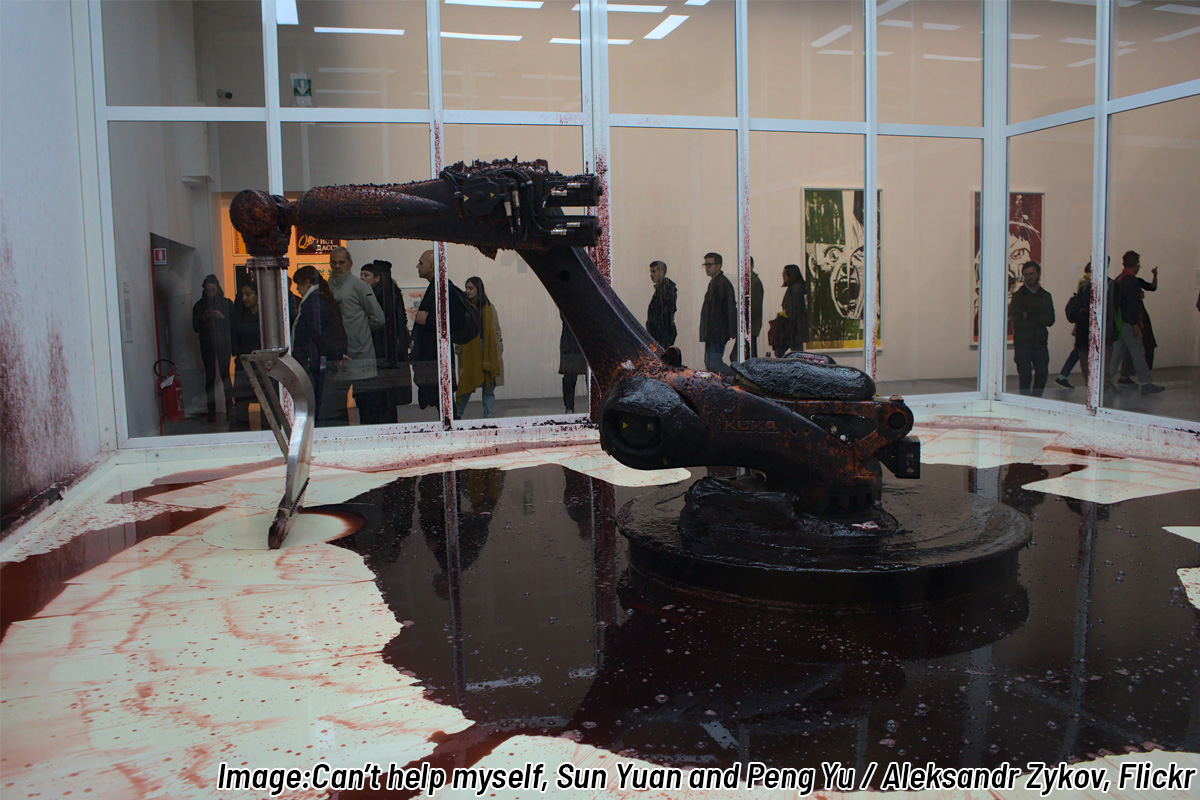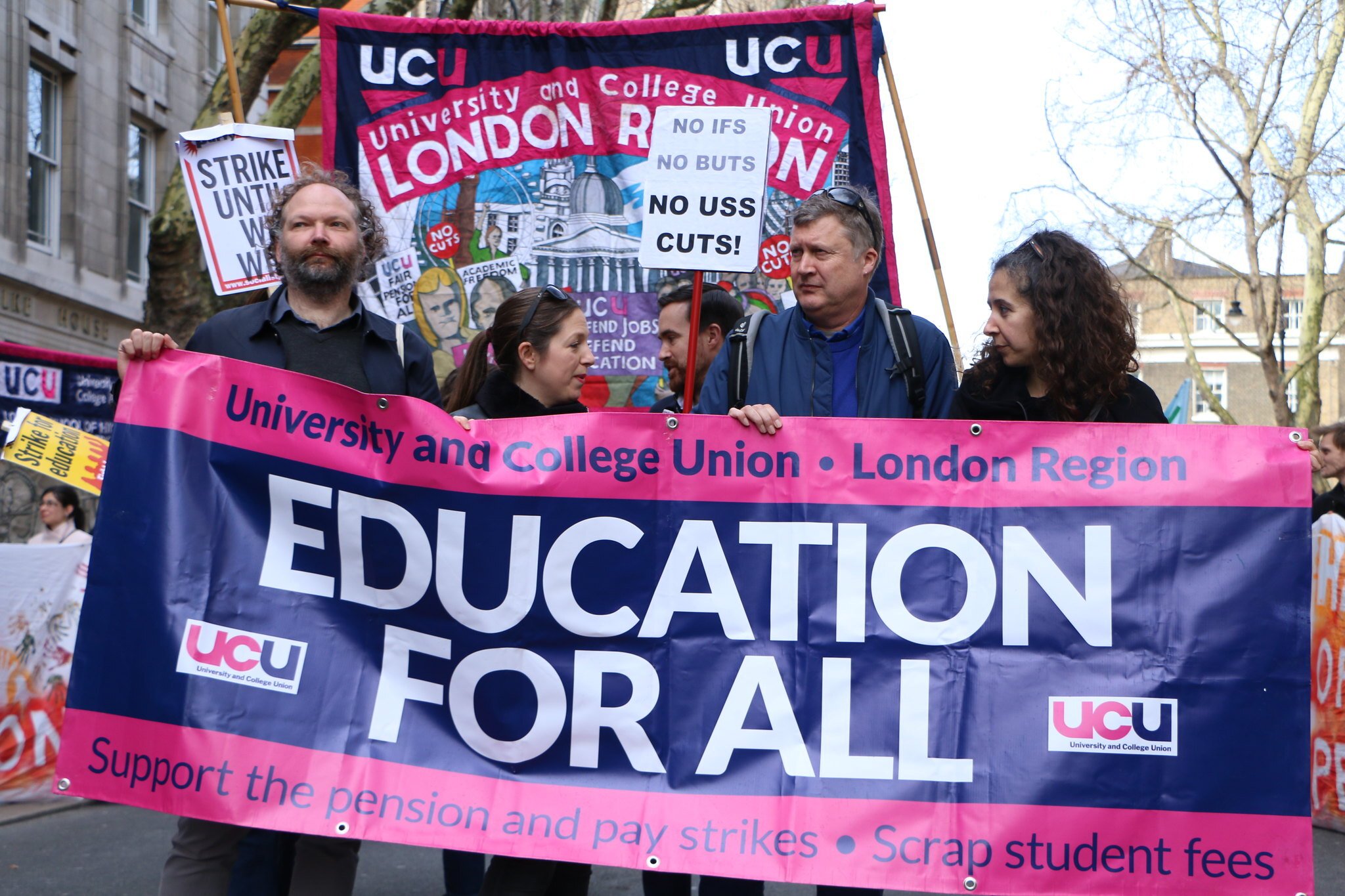On 13 July, the four main education unions backtracked and signed a joint statement with Rishi Sunak, calling on members to vote Yes to a below-inflation pay deal. The online ballot will run between 18-28 July. We urge members to reject.
Beyond this immediate vote, without any strategy or willingness to fight coming from the top, many rank-and-file NEU members will be wondering: where next?
Above all, how do we explain the fact that our union leaders, who categorically rejected a 4% offer in April, are now recommending acceptance of a 6.5% deal just months later?
Under pressure
The crisis in education is deep and severe. Workload, retention, pay, inspection, and academisation are all driving the state school system into the ground, as workers are made to pay for the crisis of capitalism through endless austerity and attacks.
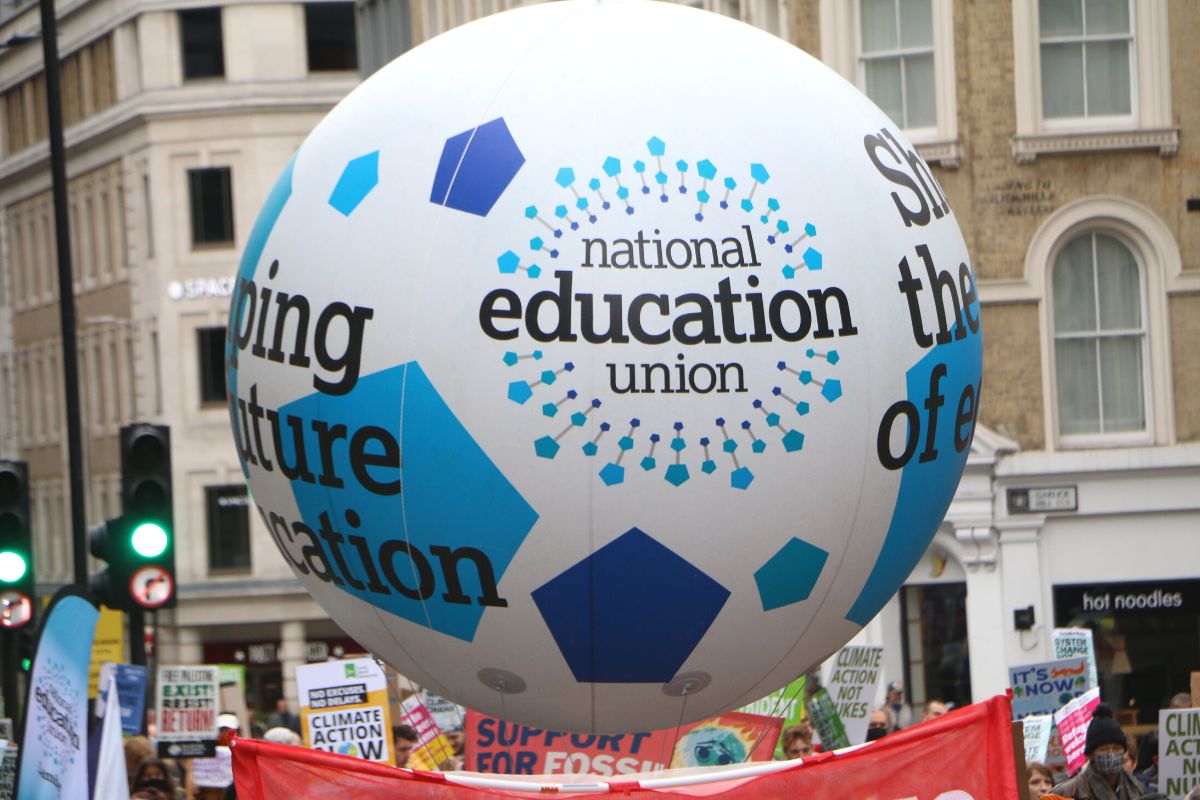
Against this dire backdrop, the current dispute is nominally over pay, which is down 23% since 2010 in real terms. And on this issue, the NEU has taken eight – mostly standalone – days of strike action between February and July.
This heroic action, in turn, encouraged other education unions – including NASUWT and the two headteachers’ bodies, ASCLL and NAHT – to ballot their own members.
With NASUWT members overwhelmingly voting in favour of strike action, everything was lining up for potential joint picket lines outside schools in September.
Under pressure from teachers and other striking workers, the government re-entered negotiations with the public sector unions.
Downing Street then imposed the recommendation of the School Teachers’ Review Body (STRB), which suggested a 6.5% pay rise, in a report that had been withheld for over a month by Tory education secretary Gillian Keegan.
Who pays?
To add insult to injury, the government has not specified how this real-terms pay cut is to be funded. They claim that 3.5% will come from existing budgets, including the £2bn of extra money awarded last autumn, whilst 3% will come from additional funding.
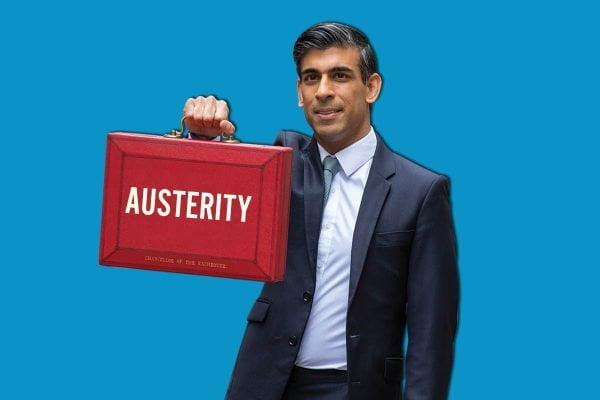
But finding any savings will prove tricky. NEU analysis in April showed that around half of schools will have to make cuts. And data this week from the National Governance Association reveals that only 18% of governors believe that their schools are financially sustainable in the medium and long term – down from 30% last year.
One in 10 schools will end up in a budget deficit. And at least a third will be drawing on surpluses to balance the books.
The additional funding required for the 3%, amounting to £900 million per year, is a mystery even to the government itself.
Originally, Sunak claimed that the money will come from surcharging migrants to use the NHS. After a union backlash, however, Keegan says that she has effectively found some spare change down the back of the sofa. Furthermore, the government will also syphon money away from non-frontline services, such as the COVID catch-up scheme.
Missed opportunity
Teachers are understandably angry about all of this. Consequently, a rejection of the pay deal, in spite of union leaders’ recommendations, may well be on the cards.
Already, major NEU districts are encouraging members to reject the latest offer. And a grassroots campaign has sprung up inside the union, with activists organising for a vote against the deal.
This would send a strong signal – both to the government and to the union’s leaders – that members will not buckle.
Unfortunately, by calling for acceptance, along with the other teaching unions, the NEU leaders have lost a huge amount of the momentum that they have accumulated until now.
The possibility was emerging – as it was across Britain’s strike wave more generally – to coordinate action and deal a powerful blow against the Tories. But by suggesting a truce, and seeking to compromise with the government, the union leaders are squandering this golden opportunity.
In a recent mass online call to members, outgoing general secretaries Kevin Courtney and Mary Bousted pleaded with teachers to call off the strikes. Otherwise, they said, the NEU would be forced to massively escalate the union’s action, but now in isolation.
It is the union leaders who have created this mess, however. By striking separately from one another in piecemeal fashion, without any clear strategy or perspective, the trade union tops have created the very conditions that they now point to as justification for their retreats; for ‘banking the result we have’.
Struggle continues
To successfully defend education, it is clear that workers must rely on their own strength.
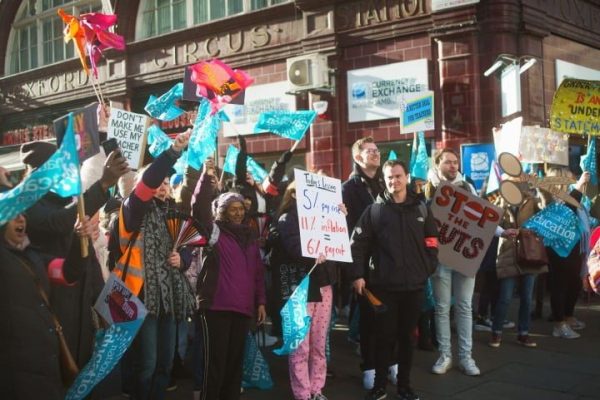
Fighting leadership is needed, in the NEU and across the trade union movement. Unfortunately, such leadership has been missing from the beginning.
The current generation of union leaders has grown up in times of relative class peace, when a few extra crumbs could be won on the basis of individual battles.
But now, with the cupboard bare, and the Tories and bosses waging class war on workers across the board, these same leaders are floundering on this new rugged terrain.
This is not the end of the struggle, however. Cuts, academisation, and further real-terms attacks on pay lie in store, whatever happens. And this is just in education.
Moreover, whilst the unions might be temporarily retreating, they are not defeated.
None of the problems facing teachers have been solved – nor can they be on a capitalist basis: either by this government, or by the Tory-lite education policies of Starmer’s Labour.
Further struggles are therefore on the cards. Workers will have no choice but to move into action, again and again. And given the instability of British capitalism, the next strike wave could come about sooner rather than later.
The most important thing is to learn the lessons of these events. Only a militant leadership – armed with clear socialist policies, and prepared to go all the way – can carry the struggle to its end, and win for workers the future they deserve.




